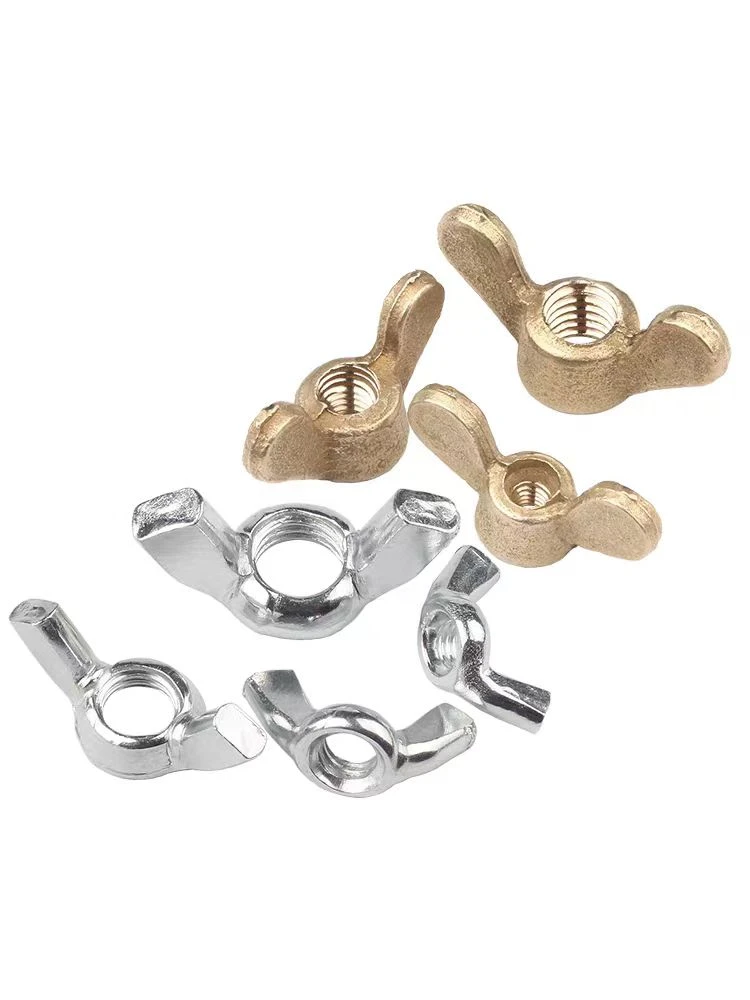

Mid Clamp Solutions for Efficient Solar Panel Installation and Support
Nov . 25, 2024 08:42 Back to list
Mid Clamp Solutions for Efficient Solar Panel Installation and Support
Mid Clamp for Solar Panels An Essential Component for Efficient Installation
As the world increasingly turns to renewable energy sources, solar power has emerged as one of the most popular options for both commercial and residential energy needs. However, the efficiency and longevity of solar panel systems are highly dependent on the quality of installation. Among the many components that contribute to this efficiency, the mid clamp plays a crucial role. In this article, we will explore the significance of mid clamps in solar panel systems, their types, installation, and overall benefits.
Understanding Mid Clamps
Mid clamps, also known as module clamps, are structural components used to secure solar panels to mounting rails in photovoltaic (PV) systems. Positioned between solar panels, they provide lateral support, ensuring that the panels remain in place and maintain optimal spacing to optimize airflow and decrease overheating. Typically made from durable materials such as aluminum or stainless steel, mid clamps are designed to withstand environmental stresses, including wind and snow loads.
Types of Mid Clamps
The selection of mid clamps can vary significantly based on the type of solar panel and the installation method. Generally, there are two primary types of mid clamps
1. Standard Mid Clamps These clamps are used for standard flat modules and are designed to fit specific panel frame sizes. They come in various sizes to accommodate different panel thicknesses and can be mounted easily on horizontal mounting rails.
2. Adjustable Mid Clamps For more versatile installations, adjustable mid clamps provide flexibility in spacing and alignment. These clamps are particularly useful when dealing with panels of varying sizes or when the installation area has unique requirements.
Each type of mid clamp serves its purpose and is designed to ensure a secure connection that maximizes the lifespan of the solar panel installation.
Installation Process
The installation of mid clamps is a straightforward process but requires precision to ensure the panels are securely mounted
. Here are the typical steps involved1. Preparation Before installation, it is essential to assess the roof or ground mount structure for compatibility with solar panels. Planning the layout for optimal sunlight exposure is crucial.
mid clamp for solar panels

2. Mounting Rails Installation Mounting rails are installed first. Mid clamps will be attached to these rails.
3. Mid Clamp Placement Once the panels are laid out, mid clamps are placed between them. Care must be taken to ensure they are properly aligned and spaced according to manufacturer specifications.
4. Securing Clamps Using the appropriate tools, mid clamps are fastened securely to both the mounting rails and the solar panels. Ensuring proper torque specifications are met is vital to prevent any stress that could lead to damage.
5. Final Inspection After installation, a thorough inspection is conducted to ensure everything is secure and that no obstructions are present.
Benefits of Using Mid Clamps
The inclusion of mid clamps in solar panel installations offers numerous benefits
1. Stability Mid clamps provide additional stability to solar panels, helping them withstand strong winds and potential impacts from debris or snow.
2. Airflow Proper spacing maintained by mid clamps allows for effective airflow between panels, reducing the risk of overheating, which can degrade efficiency and shorten the lifespan of solar cells.
3. Reduction of Installation Time With the right mid clamps, installation can be streamlined, reducing the time and labor costs associated with solar panel setup.
4. Versatility Mid clamps can accommodate a range of solar panel types and sizes, making them a versatile choice for various installations.
In conclusion, mid clamps are a vital element in the installation of solar panel systems. They contribute not only to the structural integrity of the installation but also to the overall efficiency and longevity of solar energy systems. By understanding the importance of mid clamps and employing the right installation techniques, solar energy users can enhance their investment and enjoy the benefits of renewable energy for years to come.
Latest news
-
High-Strength Hot-Dip Galvanized Bolts-Hebei Longze|Corrosion Resistance&High Strength
NewsJul.30,2025
-
Hot Dip Galvanized Bolts-Hebei Longze|Corrosion Resistance&High Strength
NewsJul.30,2025
-
Hot Dip Galvanized Bolts - Hebei Longze | Corrosion Resistance, High Strength
NewsJul.30,2025
-
High-Strength Hot Dip Galvanized Bolts-Hebei Longze|Corrosion Resistance, Grade 8.8
NewsJul.30,2025
-
Hot Dip Galvanized Bolts-Hebei Longze|Corrosion Resistance,High Strength
NewsJul.29,2025
-
High-Strength Hot Dip Galvanized Bolts - Hebei Longze Metal Products Manufacturing Co., Ltd.|corrosion resistance&high strength
NewsJul.29,2025

